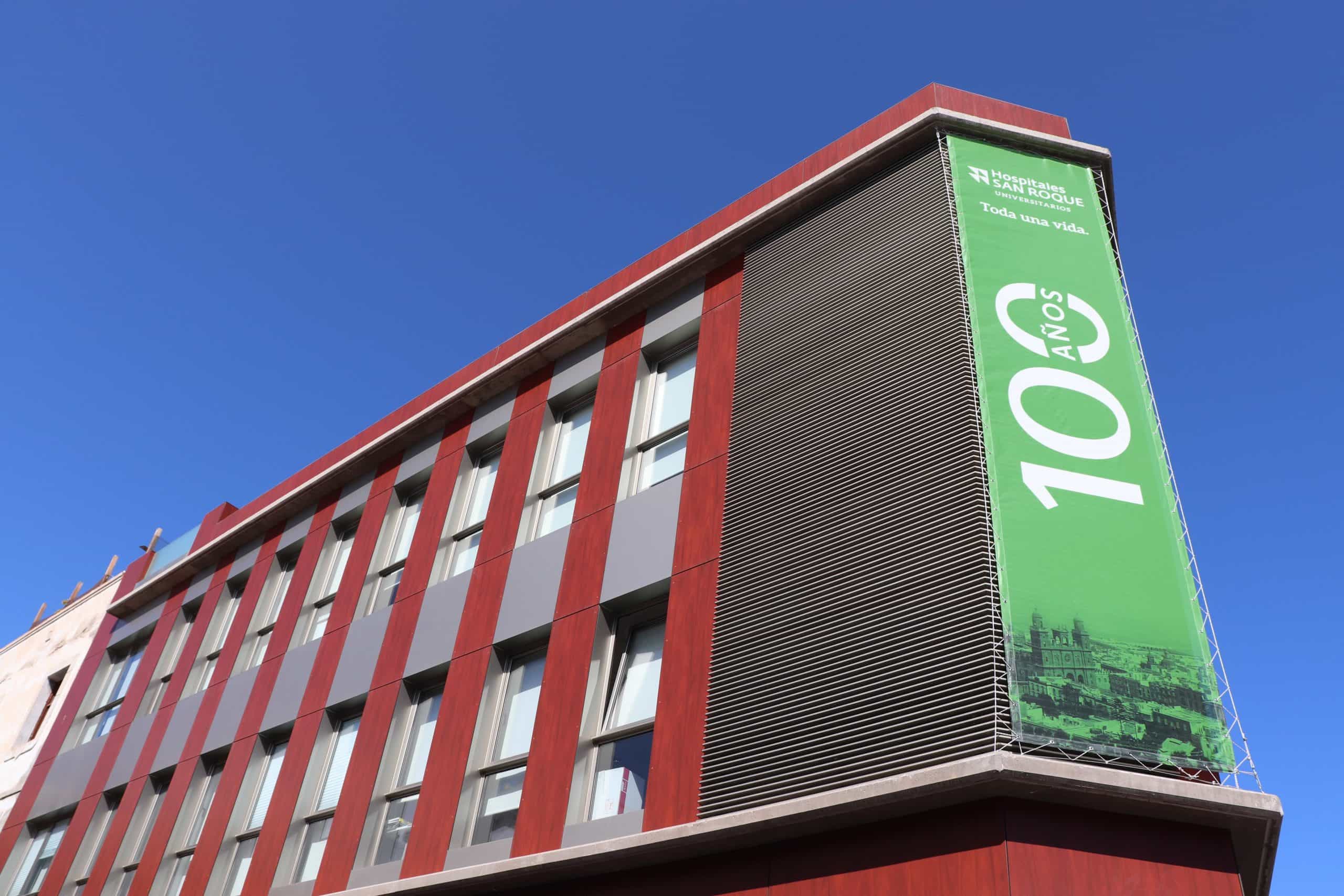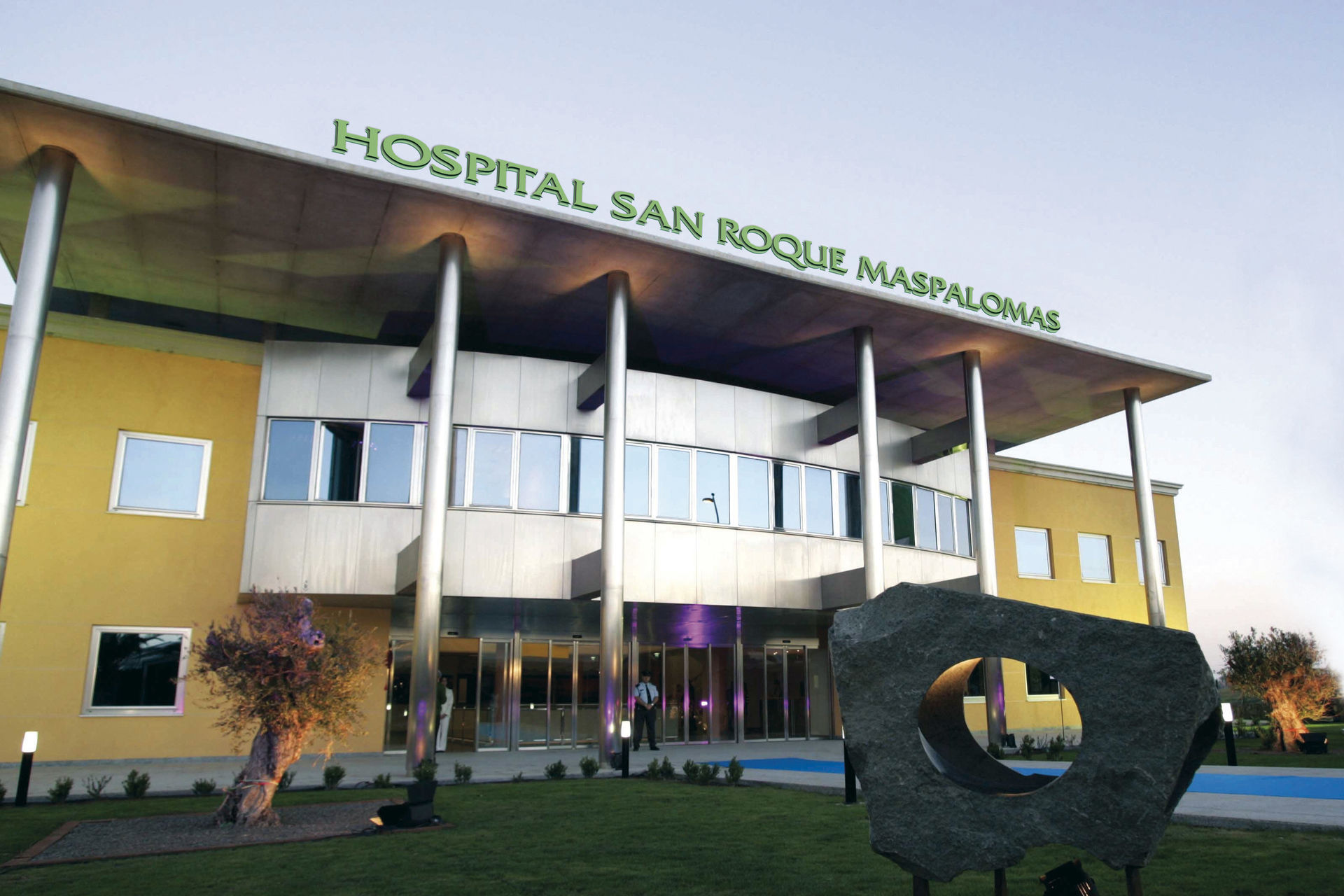Medical Specialties
Your health is covered at every stage
Thoracic Surgery
Thoracic Surgery is a relatively modern specialty, directly related to Pneumology, that deals with the diagnosis and surgical treatment of chest diseases affecting the chest wall, pleura, lungs, trachea and bronchi, mediastinum, esophagus and diaphragm.
Pneumology and Thoracic Surgery are medical specialties that deal with diseases involving the respiratory tract. The basic purpose of Pneumology is to study, diagnose, treat, prevent and rehabilitate patients suffering from respiratory diseases. Respiratory diseases are very common in everyday clinical practice. The number of patients is constantly growing, due mainly to tobacco consumption.
Thoracic Surgery Service in Hospitales San Roque offers a comprehensive assessment of respiratory disease made by specialists in the field, as well as performing early diagnostic, therapeutic and combined procedures, based on the use of respiratory function tests, videobronchoscopy, Minimally Invasive Surgery - Video-Assisted Thorascopic Surgery- and short-stay open surgery.
Our Service offers:
Respiratory disease consultations, including chronic bronchitis and tobacco smoke-induced emphysema (COPD); bronchial asthma; diagnosis of lung tumors; upper and lower respiratory tract infections in children and adults, both viral and bacterial; Sleep Medicine (polysomnography); thoratic trauma and related complications; pleural effusion; pneumothorax; other pathologies that should be evaluated by the Pneumology and Thoratic Surgery Service (interstitial lung disease, vascular lung disease including pulmonary embolism, pulmonary hypertension, vasculitis, occupational, work-related and environmental diseases, etc.).
Smoking Cessation Unit
Smoking is becoming more and more prevalent among increasingly young citizens, and smoking cessation programs are one of the key services pneumologist offer their patients. This unit uses the latest diagnostic and therapeutic advances in order to help patients quit smoking, offering strict monitoring-- including by telephone-- throughout the treatment in order to achieve the final objective of quitting smoking. We also offer a comprehensive consultation with a specialized psychologist and an endocrinological valuation if necessary in order to help control the patient's weight.
Sweat Pathology Unit
Excessive sweating or hyperhidrosis of the hands, armpits, armpits and hands or head and face is a very common reason for consultation in search of a definitive solution such as botulinum toxin or Minimally Invasive Surgery (thoracic sympathectomy), a state-of-the-art technique available to our patients.
Worth noting among the Minimally Invasive Surgery procedures our service offers are:
- Surgical treatment of excessive sweating (hyperhidrosis) of the head and face, hands and armpits and facial flushing. It is performed on an outpatient basis under general anesthesia and with a single 1cm incision in each hemithorax. The patient leaves the operating room without drainage.
- Surgical treatment of pneumothorax. It is performed under general anesthesia and with 2 to 3 1-cm incisions in the corresponding hemithorax.
- Bullectomy and lung volume reduction surgery for pulmonary emphysema patients who smoke. Performed under general anesthesia and with three 1-cm incisions.
- Surgical resection of mediastinal tumors. Performed under general anesthesia and with three 1-cm incisions.
- Thymectomy (removal of the thymus) in patients with myasthenia gravis or thymic tumors.
- Lung biopsies to diagnose lung disease. Performed under local anesthetic and sedation and with a single 1-cm incision. May also include instilling talc inside the pleural cavity in order to avoid the appearance of pleural effusions.
- Lung biopsies in order to diagnose intrapulmonary disease. Performed under general anesthesia and with 2 to 3 1-cm incisions.
- Video-thoracoscopic correction of pectus excavatum (sunken chest) by inserting a custom-made steel bar below the sternum under general anesthesia and through 2 small incisions in each hemithorax. This technique requires epidural catheter to prevent pain following the surgery.
On the other hand, some common open surgery procedure include:
- Surgical resection of pulmonary metastases (presence of tumor cells from tumors originating in other areas) in patients with a controlled primary tumor. Performed under general anesthesia and submammary thoracotomy with hidden incision.
- Pulmonary surgical resection such as lobectomy (excision of a lung lobe) or pneumonectomy (excision of the entire lung) in malignant lung tumors. Performed through less painful amniotic incisions or by inserting a epidural catheter in order to prevent pain. Accompanied by excision of all mediastinal lymph nodes (lymphadenectomy).
- Stabilizing the chest wall through fractures or flail chest in trauma patients with respiratory failure.
- Pleuropulmonar cleaning and decortication for pleural cavity infections (empyema).
- Removal of mediastinal tumors (between the lungs).
- Tracheal repair surgery for tracheal tumors or stenosis.
- Intrathoracic thyroid surgery (intrathoracic goiter).



